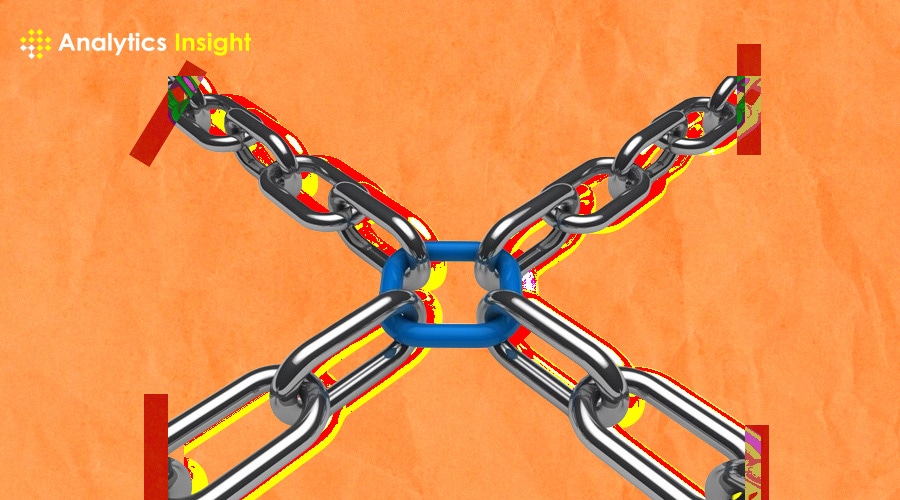.post-author {
position: relative;
padding-bottom: 0px;
height: 28px;
}
.author-image {
position: absolute;
bottom: 0;
left: -60px;
width: 100%;
border-radius: 0%;
cursor: pointer;
}
@media only screen and (max-width: 600px) {
.img {
position: absolute;
left: 20%;
width: 250px;
height: 200px;
}
.author-image {
left: 0px;
width: 100%;
}
.code-block .container {
padding: 0px;
}
.post-author {
margin-bottom: 0;
}
}

Creating Your Blockchain from Scratch Step-by-Step Exploration into Core Principles
Blockchain technology has revolutionized the way data is stored and transactions are conducted, offering transparency, security, and decentralization. If you’re keen on understanding the inner workings of blockchain, creating one from scratch is an excellent learning experience. In this guide, we’ll walk through the fundamental steps to build a basic blockchain.
Step 1: Define the Purpose and Features:
Before diving into coding, it’s crucial to define the purpose of your blockchain and the features you want to include. Will it be a simple cryptocurrency, or do you plan to incorporate smart contracts? Establishing these goals will guide your development process.
Step 2: Set Up the Development Environment:
To begin, make sure you have a reliable development environment. Choose a programming language suited for blockchain development; many opt for languages like Python, JavaScript, or Solidity. You’ll also need a code editor like Visual Studio Code and a version control system like Git.
Step 3: Create the Genesis Block:
Every blockchain starts with a genesis block – the first block in the chain. Manually create this block, defining its structure and initial data. This block is critical for the entire chain’s integrity, as subsequent blocks refer back to it.
Step 4: Design the Block Structure:
Each block in a blockchain contains essential components: a timestamp, data, a reference to the previous block (hash), and a unique identifier (nonce). Define a clear structure for your blocks and establish rules for valid transactions.
Step 5: Implement Proof-of-Work (PoW):
To secure the blockchain and prevent tampering, implement a consensus algorithm like Proof-of-Work. This involves miners solving complex mathematical puzzles to validate transactions and add blocks to the chain. PoW adds a layer of security by making it computationally expensive to alter past transactions.
Step 6: Establish a Peer-to-Peer Network:
Blockchain operates on a decentralized network. Implement a simple peer-to-peer network to allow nodes to communicate and share the blockchain. You can use libraries like libp2p or implement a basic networking protocol.
Step 7: Implement Transaction Validation:
Create a mechanism to validate transactions before adding them to a block. Verify the sender’s digital signature, check for available funds, and ensure the transaction is not double-spending. This step is crucial for maintaining the integrity of the blockchain.
Step 8: Test and Debug:
Thoroughly test your blockchain implementation to identify and fix any bugs or vulnerabilities. Simulate various scenarios, including network disruptions and invalid transactions, to ensure the system behaves as expected.
Step 9: Implement Consensus Mechanism:
In addition to Proof-of-Work, explore other consensus mechanisms such as Proof-of-Stake (PoS) or Delegated Proof-of-Stake (DPoS). Each has its advantages and trade-offs, and experimenting with different mechanisms will deepen your understanding of blockchain dynamics.
Step 10: Develop a Basic User Interface (UI):
While not mandatory, creating a basic UI can enhance the user experience. Design a simple interface that allows users to view transactions, check balances, and initiate transactions. Connect the UI with your blockchain backend through APIs.
Step 11: Document Your Code:
Good documentation is crucial for future developers and users. Document each component, function, and class in your codebase. This documentation will serve as a reference for anyone looking to understand or contribute to your project.



